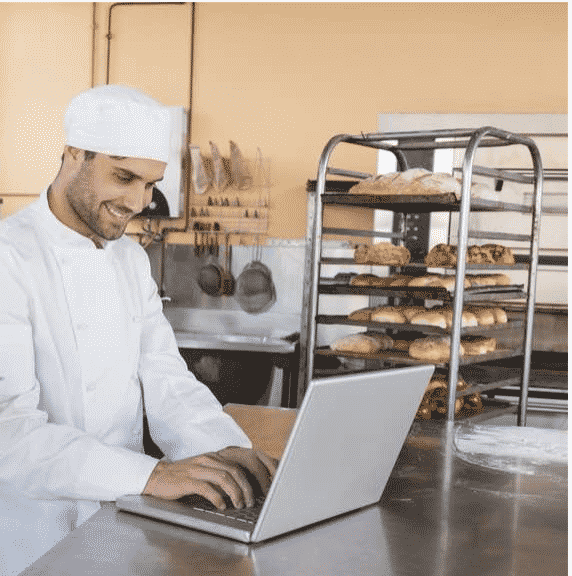
Essential tips for a successful inventory management at your restaurant
Your inventory is the foundation of your business regardless of the industry you work in.
Dealing with food inventory is a bit trickier than dealing with non edible items such as tiles or clothes.
Food inventory is linked to expiry dates and some of the food items are harmful when consumed after the expiry dates while the others can be a bit safer.
Not to mention the perishable items like in the vegetable and fruit categories that should be sold or used on a daily basis.
US restaurants generate an estimated 22 to 33 billion pounds of food waste each year.
For retail, The USDA estimates that supermarkets lose $15 billion annually in unsold fruit and vegetables alone.
Besides being a problem for people knowing the fact that many of them have food insecurity, it is costly and can deplete the business to losses.
What is food inventory management?
Restaurant food inventory management is about controlling or preventing your losses and your profitability.
If you don’t control or you aren’t aware of your losses, you won’t be able to manage your earnings.
When you track your inventory, you are able to identify:
-
What’s coming into your stock
-
What’s going out to the kitchen
-
What’s left in your warehouse
And while doing your inventory tracking you have to put in mind waste and spillage, possible theft or employee mistakes that lead to inventory loss.
What are some tips for inventory management?
Use the appropriate inventory management system
You can’t expect to manage and control inventory if you don’t have an inventory management software integrated with the POS.
The POS should have this feature to enable you to automate your work and prevent human errors.
This feature allows you to check your stock and record your supply without interrupting other parts of your business through unique and state of the art technology.
In this way, you are in full control of your business stocks and inventory and you know when to place your future orders based on your reports.
First in, first out
It seems obvious, right?
But usually when you receive an order, your employees might tend to put the newest items in front of the stack.
Once the items are there, it’s definitely meant to be used first leaving the older batches behind.
You need to organize your purchases as you receive them prioritizing the use of the old items.
An inventory management software helps you creating alerts for the approaching expiration dates so you don’t end up wasting your food supplies.
Create a sheet for food waste
A food waste sheet is useful to show where your food supplies are going.
This sheet should be filled by different sections of your restaurant: by the kitchen staff, your front liners and warehouse.
If the sheet shows there is a constant waste in the prepared dishes, it means that the portions should be smaller.
If the waste is in the warehouse especially if it concerns a repeated item over the course of time then the purchased quantity should be reduced.
If the waste is shown due to taking the wrong orders then your staff should be trained on using the software that you have and they should be more careful when clicking in orders.
Whatever it is, your staff should be alerted so they can take appropriate measures.
Points like the following should be present in the food waste sheet:
-
Items subject for waste
-
Date and time
-
Amount, weight
-
Section
-
Reason
Organize your warehouse and storage
Organization is a must if you want to manage your inventory and avoid waste.
Labels are a must in this situation.
Labels that hold information about the date and time of the receipt of the order, production and expiration dates and batch number, should be on the labels.
Whenever the software notifies you with an approaching inventory expiration date, it becomes really easy for you to find it and find the appropriate use for it.
Even if the expiration date is not approaching, labels help your employees to use the older items first.
Different types of food should have different and designated areas.
Dry items should be stored separately from perishable items for instance.
Cans should have their own space for example.
Train your employees
Nothing is achievable without your employees.
Your staff should be well trained to use the older items first. They should be motivated to initiate recipes or ideas to use extra items purchased or to adjust portions in dishes according to the food waste sheet.
The communication between different sections should be clear and transparent as well to ensure smooth operations.
It’s crucial that your employees understand the different features of the utilized POS software to benefit from them.
It helps you a lot to have user friendly software that employees can easily work on.
Be consistent
This work is not a one time thing.
It’s a constant work that requires the coordination and the cooperation of different people in different sections.
The work should be held constantly.
You need to monitor this operation and measure your results whenever you apply something new.
Deciding to reduce the portions of dishes for instance after measuring the waste in leftovers should be followed by observing the results your decision had implied on the overall waste control.
Knowing that inventory management directly affects your business and profitability is a motive for you to invest in a good software and to be consistent with your inventory management.





